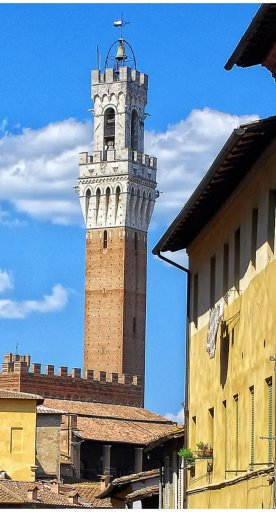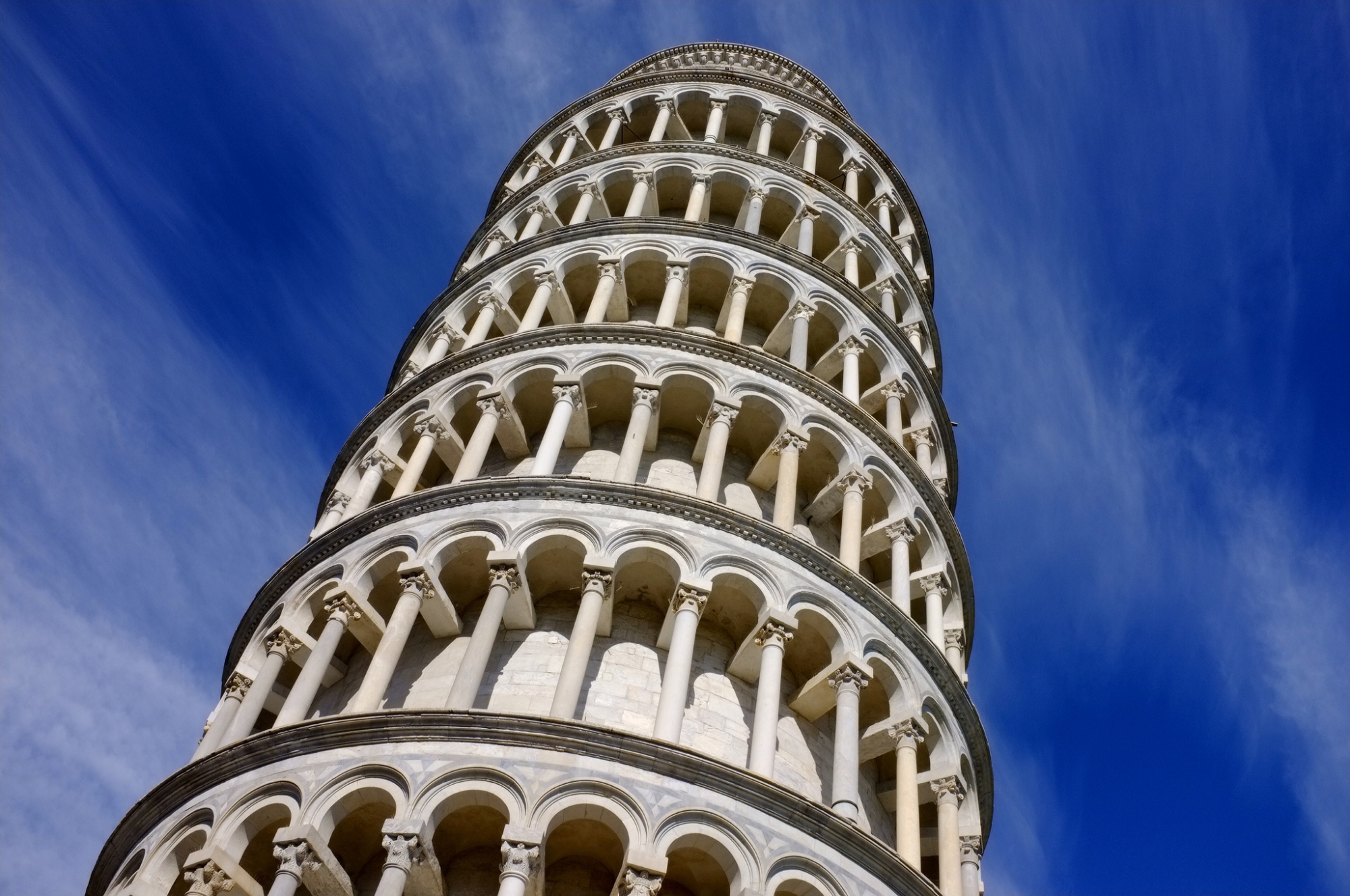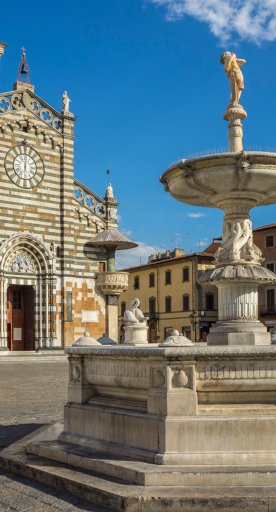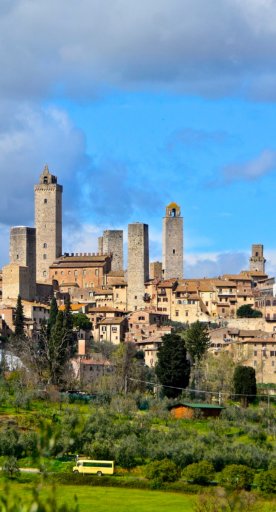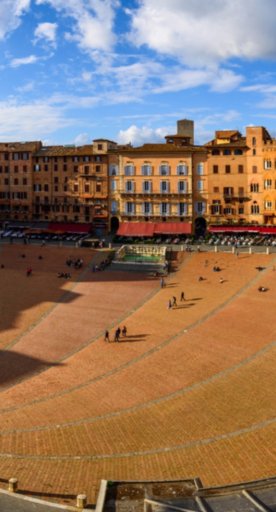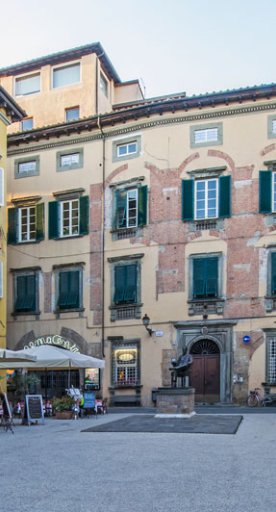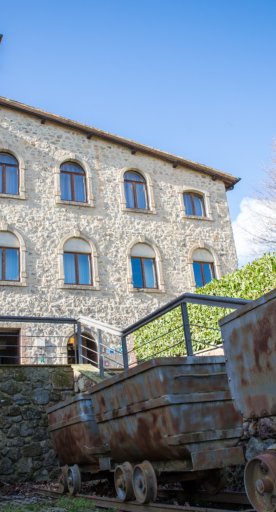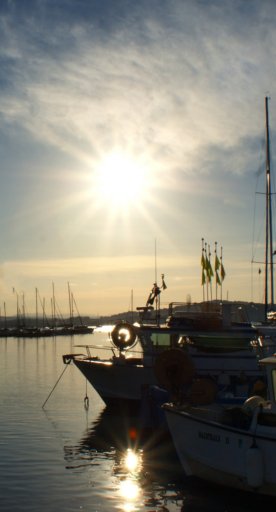5 hidden gems in Pisa
What to see beyond the Leaning Tower and piazza dei Miracoli
Pisa is known around the world for being the home of the famous Leaning Tower, but if you take the time to walk through the historic centre, you’ll soon discover that the city boasts much more than just piazza dei Miracoli, where the cathedral and its tower are located. We’ve put together a list of 5 hidden gems worth exploring during a day in Pisa.
-
1.Church of San Francesco
-
2.Museum of San Matteo
-
3.Piazza dei Cavalieri
-
4.Piazza delle Vettovaglie and Piazza Sant’Omobono
-
5.Piazza La Pera and Via San Martino
-
6.Bonus gem
Church of San Francesco

The Church of San Francesco is a real hidden gem. Behind a modest 17th-century marble facade tucked between later buildings hides a typical 13th-century Franciscan church with a mixture of late Romanesque and early Italian Gothic styles. The building has a single nave with several chapels, a very tall truss ceiling and fabulous stained-glass windows behind the main altar that stretch the height of the apse.
Highlights inside the church include frescoes in the choir by Taddeo Gaddi, the tomb of Count Ugolino della Gherardesca in the second chapel in the right transept and the 14th-century cloister. It’s also interesting to note that Cimabue’s Maestà was made for this church, which is now on display at the Louvre Museum in Paris.
Museum of San Matteo

Pisa has a number of smaller museums that are just as fascinating as the ones you’ll find in piazza dei Miracoli. The Museum of San Matteo, for example, houses artworks by leading Pisan and Tuscan artists from the 12th-17th centuries and a rich collection of archaeological treasures, as well as a section dedicated to sacred art, vaunting wooden sculptures, large medieval crucifixes, including one by Giunta Pisano that dates to 1250, and paintings of the Virgin Mary.
Piazza dei Cavalieri

The second largest piazza in the city, in the Middle Ages it was known as Piazza delle Sette Strade and was the centre of political power. It was restructured during the Renaissance and its main buildings designed by Giorgio Vasari. The piazza is home to the only Renaissance-style church in the city, the Church of Santo Stefano dei Cavalieri, while other remarkable buildings nearby include Palazzo della Carovana and Palazzo dell’Orologio, both of which now belong to the Scuola Normale Superiore, one of the most prestigious universities in Italy. The former is a 16th-century palace with a frescoed façade that was once the headquarters of the powerful Order of the Knights of Santo Stefano. The latter, now a library, is said to be the tower where Count Ugolino della Gherardesca was imprisoned and left to starve with his children, a story narrated by Dante in his Divine Comedy and commemorated by a plaque on the building.
Piazza delle Vettovaglie and Piazza Sant’Omobono
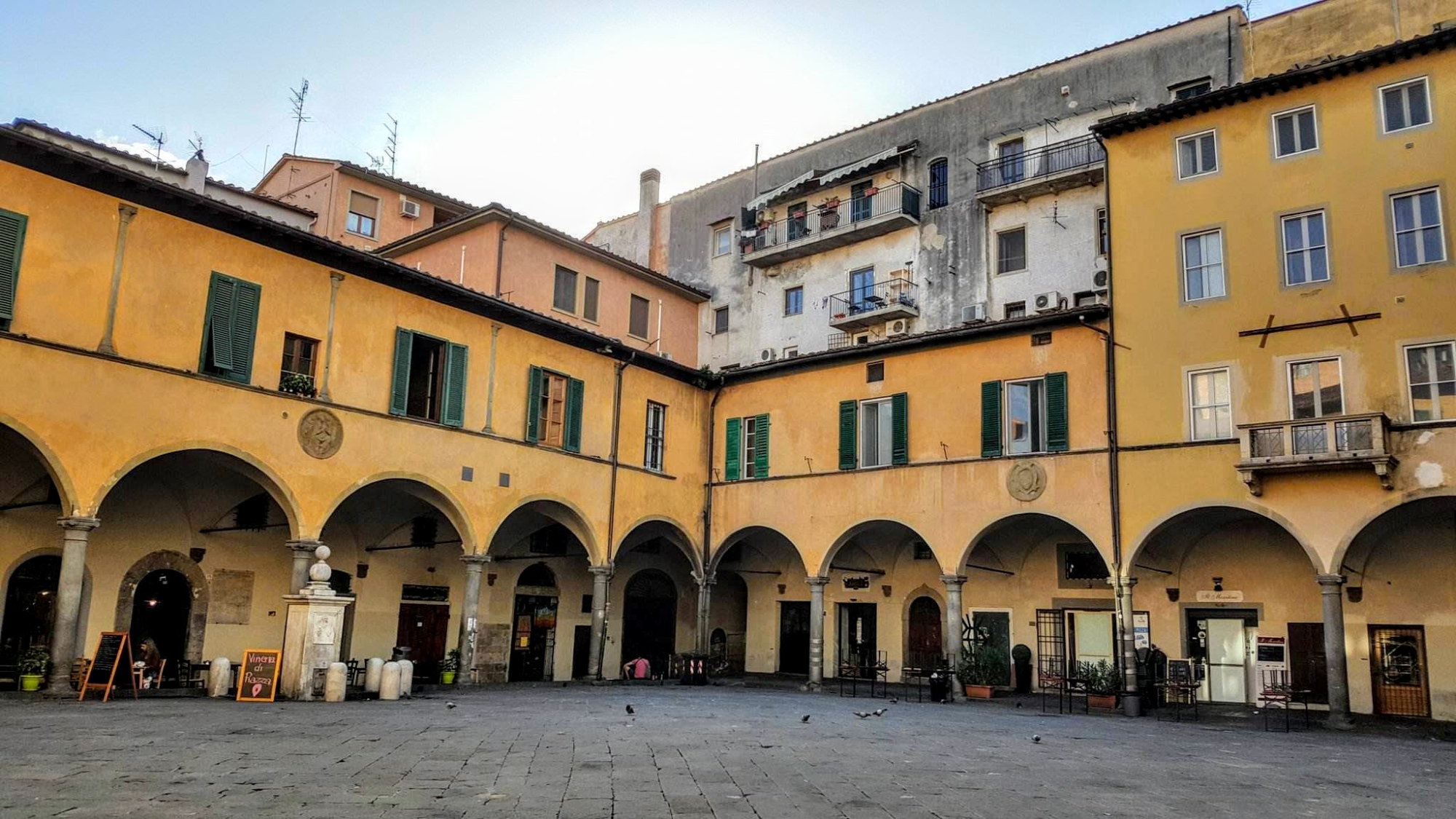
Piazza delle Vettovaglie has been the beating heart of the city since the Middle Ages. Once simply called Piazza dei Porci, this perfectly preserved 15th-century piazza is now home to a lively and colourful daily market that spills over into the neighbouring piazza Sant’Omobono, where you’ll find more medieval buildings that today house small shops selling most groceries. For the budget travellers, it’s worth noting that the piazza has many inexpensive restaurants and bars that serve quick meals and excellent aperitivi, making it a popular hangout for Pisa’s large student population.
Piazza La Pera and Via San Martino

The official name of piazza La Pera is actually piazza Gambacorti: its “unofficial” name comes from an Etruscan votive stone shaped like a pear that can be found at the entrance to the piazza, a popular place amongst the younger crowds. Via San Martino, which branches off from the piazza, is home to several medieval and Renaissance buildings, as well as the imposing namesake church. As you walk along this street, we recommend looking up at the facades and the into the winding alleys between them, all of which offer genuine glimpses into the city’s medieval past. But if history isn’t your thing, you’ll still likely enjoy the street for its many good restaurants, wine bars and pubs.
Bonus gem
There is a small, marble statue of a woman on the façade of a building not far from the Church of San Martino. Originally part of a Roman sarcophagus, it’s believed to represent Kinzica dei Sismondi, an 11th-century noblewoman who saved Pisa from the Saracen invasion by ringing the bells of the city.












